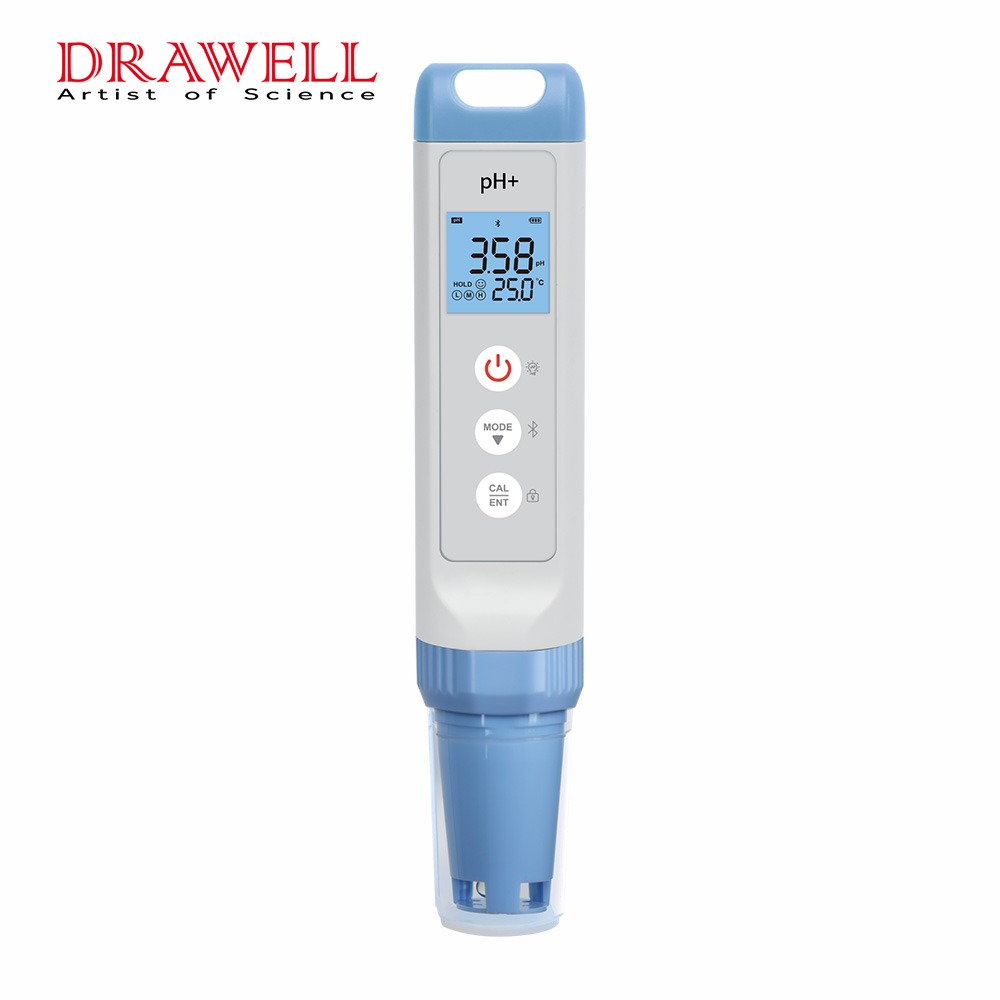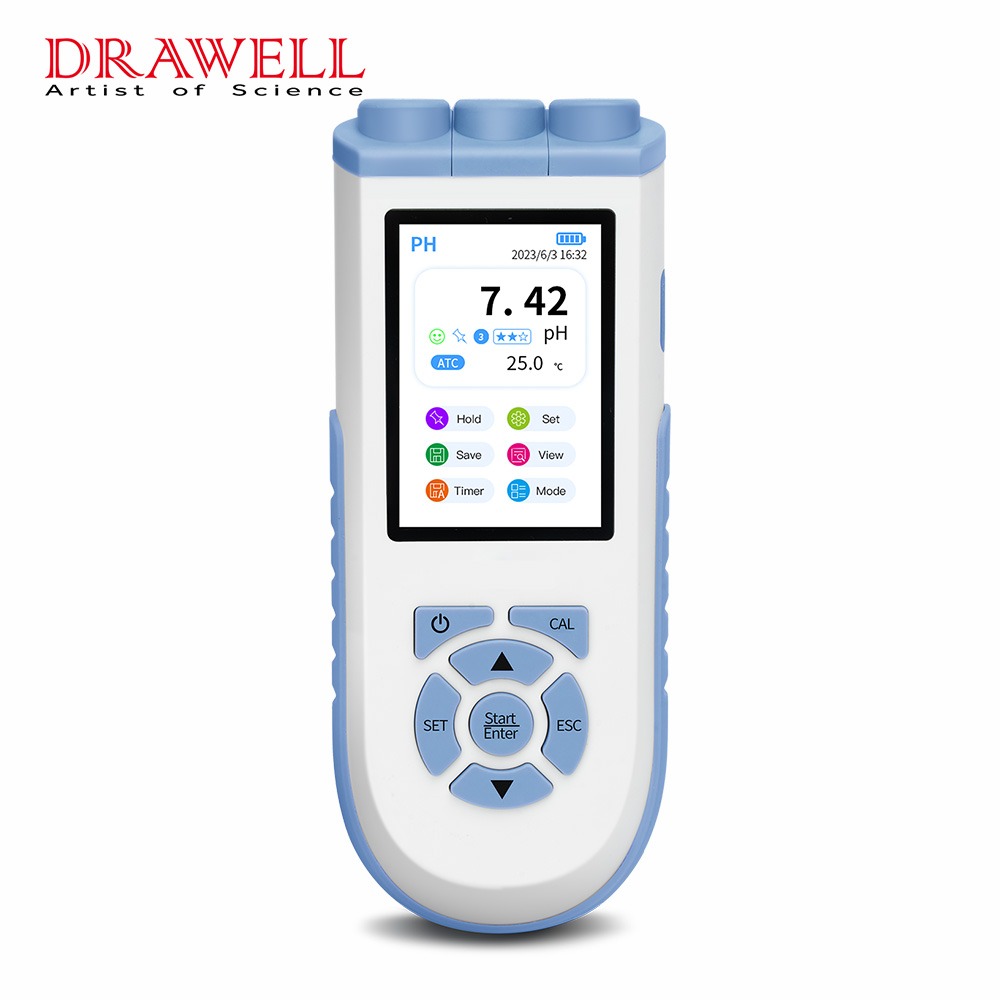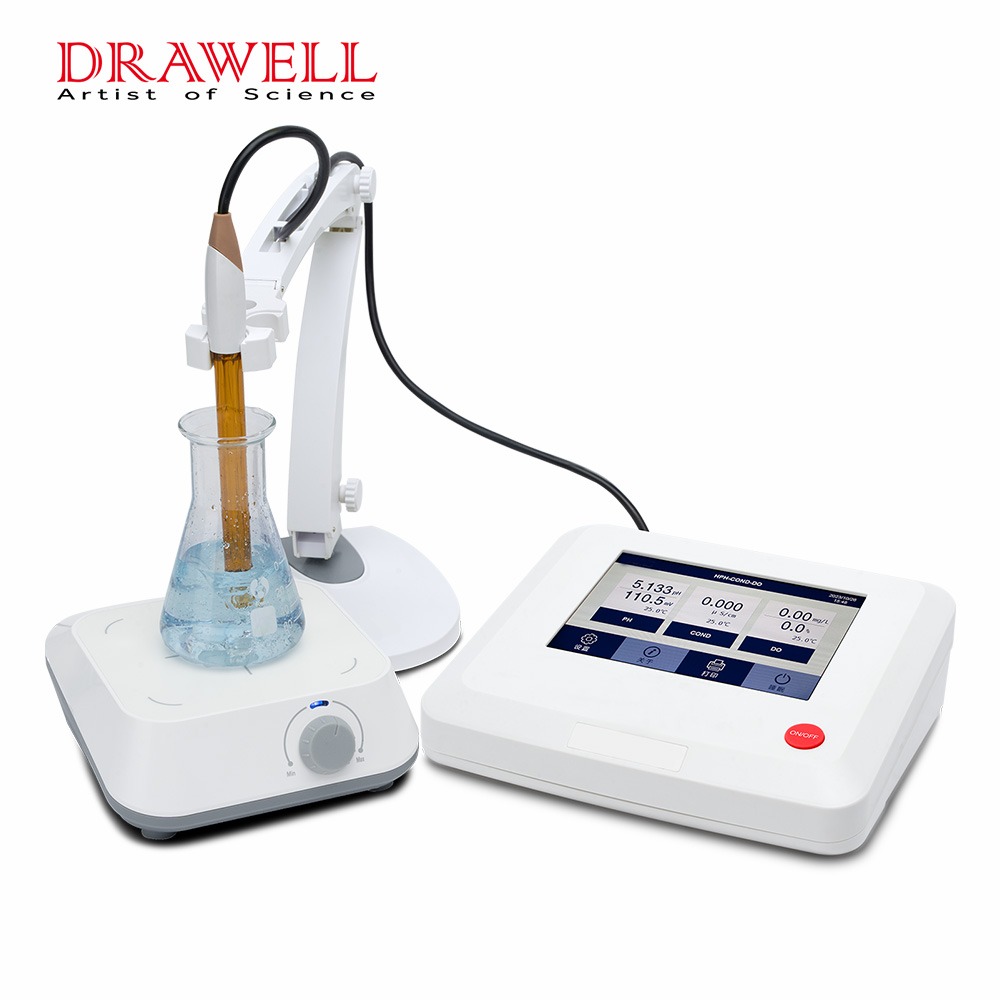pH measurement is essential in various industries, such as laboratory research, food processing, wastewater treatment, pharmaceutical manufacturing, etc. The accuracy and reliability of pH meters depend heavily on selecting the right electrode for the specific application. With different sample compositions, temperature ranges, and chemical properties, choosing the best electrodes for pH meters, ensures precise and long-lasting performance.
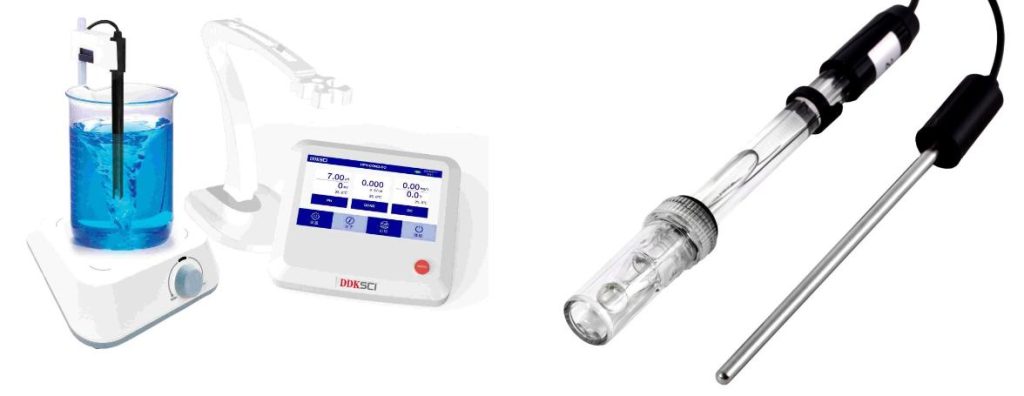
Understanding the Functions of Electrodes in pH Meters
Electrodes in pH meters play a crucial role in measuring the hydrogen ion concentration of a solution, which determines its pH value. A typical pH electrode consists of a sensing electrode and a reference electrode. The sensing electrode detects hydrogen ion activity through a specialized glass membrane, generating a voltage proportional to the solution’s pH. The reference electrode provides a stable voltage to compare against the sensing electrode’s signal, ensuring accurate readings. Some electrodes also include temperature compensation to adjust for fluctuations that may affect measurement accuracy. Understanding how these components function helps users select the right electrode for precise and reliable pH analysis in various applications.
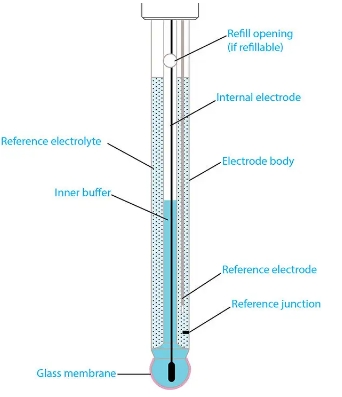
Types of Electrodes for pH Meters
| Type of Electrode | Description | Advantages | Limitations |
| Glass Electrode | Standard electrode with a glass bulb for measuring pH in liquid samples. | High accuracy, stable readings. | Fragile, requires careful handling. |
| Epoxy/Plastic Electrode | Durable, impact-resistant electrode for field and industrial use. | Shatterproof, resistant to damage. | Slightly lower accuracy compared to glass electrodes. |
| Refillable Electrode | Allows electrolyte refilling for extended lifespan. | Long lifespan, stable performance. | Requires regular maintenance and electrolyte refilling. |
| Gel-Filled Electrode | Pre-filled with gel, requiring minimal maintenance. | Low maintenance, easy to use. | Shorter lifespan than refillable electrodes. |
| Flat-Tip Electrode | Features a flat sensing surface for surface pH measurements. | Ideal for non-liquid samples, easy to clean. | Not suitable for immersion in liquids. |
| Spear-Tip Electrode | Has a pointed tip for penetrating semi-solid samples. | Enables pH measurement in solid and semi-solid samples. | Requires careful handling to prevent damage. |
| Open-Junction Electrode | Designed to prevent clogging in thick or contaminated samples. | Resistant to contamination and clogging. | Can have a slower response time in some solutions. |
| Double-Junction Electrode | Uses two chambers to prevent contamination of the reference system. | Reduces interference from contaminants. | Slightly more expensive than single-junction electrodes. |
| High-Temperature Electrode | Built with special glass to withstand high temperatures. | Stable and durable in extreme heat. | More expensive than standard electrodes. |
| Combination Electrode | Contains both a reference electrode and a sensing electrode in one body. | Compact, easy to use. | May not be suitable for highly specialized applications. |
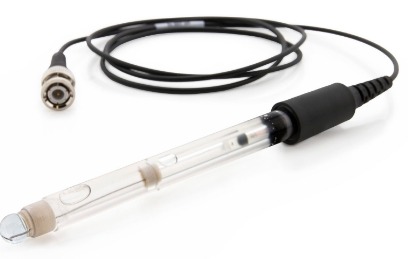
Key Factors to Consider When Choosing a Right Electrode for a pH Meter
1. Sample Characteristics and Compatibility
The nature of the sample being tested is one of the most important considerations when selecting a pH electrode. Standard glass electrodes are suitable for aqueous solutions, but more challenging samples require specialized designs. Viscous substances, slurries, and semi-solid samples, such as dairy products, cosmetics, and soil, demand open-junction or spear-tip electrodes that prevent clogging and provide stable readings. Protein-rich or biological samples, commonly found in medical and biochemical applications, require gel-filled electrodes that reduce contamination and increase durability.
For strong acidic or alkaline solutions, standard electrodes may degrade quickly, leading to inaccurate readings and a reduced lifespan. In such cases, high-temperature-resistant glass electrodes are preferable because they withstand harsh conditions and provide long-term stability.
2. Temperature Range and Compensation
Temperature significantly impacts pH measurements, as pH values fluctuate with temperature changes. While standard pH electrodes function optimally at room temperature, applications involving extreme heat, such as food sterilization, require high-temperature-resistant electrodes that can endure prolonged exposure to high temperatures.
Some advanced electrodes come with Automatic Temperature Compensation (ATC) sensors, which adjust the pH reading based on temperature fluctuations. This feature is essential for industries where precise pH control is necessary, such as chemical processing and pharmaceutical production.
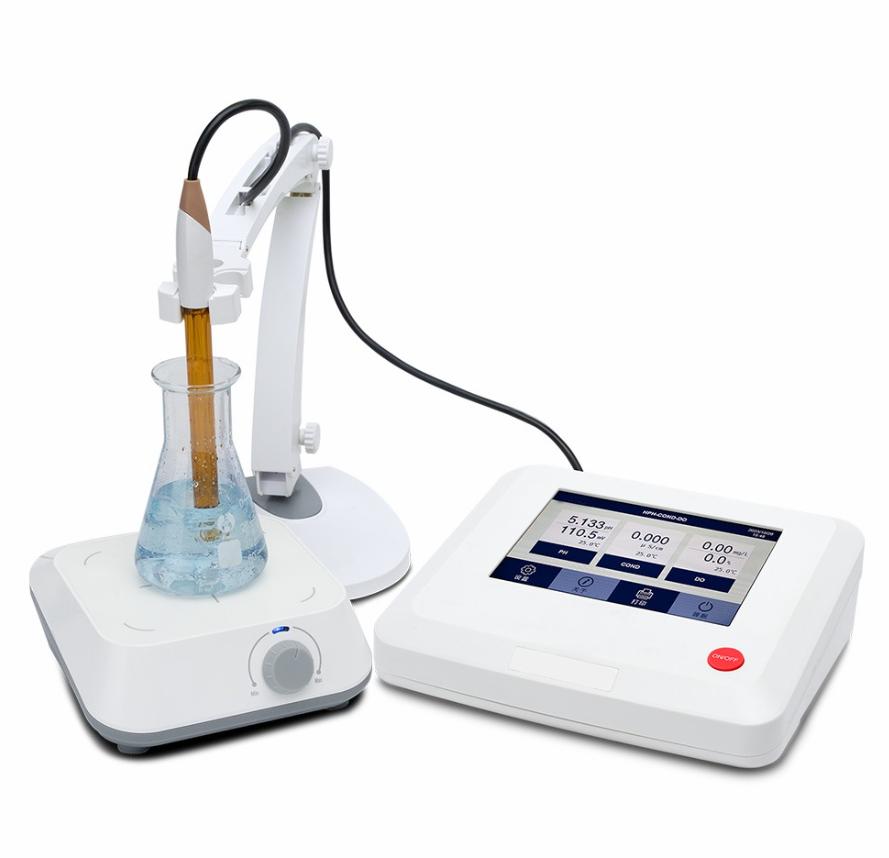
3. Electrode Junction Type
The junction of a pH electrode controls the flow of the reference electrolyte and affects both response time and contamination resistance. Ceramic junctions are commonly used in laboratory settings for aqueous solutions, but they may become clogged when exposed to thick or protein-rich samples. In such cases, open-junction electrodes are recommended, as they allow for direct contact with the sample while preventing blockages.
For applications involving chemical contaminants like sulfides and heavy metals, double-junction electrodes offer enhanced protection. These electrodes prevent interference from external substances, making them ideal for industrial wastewater analysis and pharmaceutical applications.
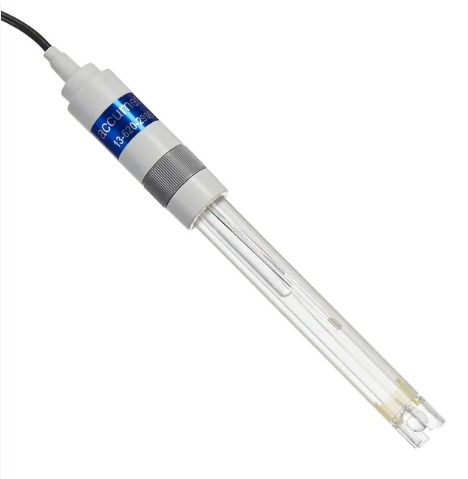
4. Electrode Body Material and Durability
The material of the electrode body influences its durability and suitability for different environments. Glass-bodied electrodes are widely used in laboratory applications due to their high accuracy and chemical resistance, but they are fragile and require careful handling. Epoxy or plastic-bodied electrodes, on the other hand, are more durable and ideal for field measurements, food production, and other rugged environments where breakage is a concern.
5. Electrode Tip Shape and Application
The shape of the electrode tip affects its usability in different sample types. Flat-tip electrodes are ideal for measuring pH on surfaces such as skin, paper, or textiles, while spear-tip electrodes are commonly used for semi-solid samples like meat, cheese, and soil. Bulb-tip electrodes remain the standard for aqueous solutions in laboratory applications due to their precise response in liquid samples.
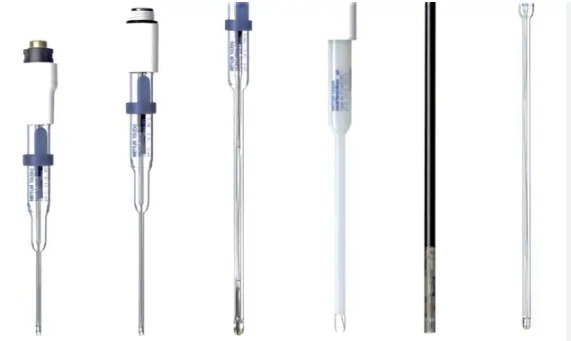
6. Maintenance and Longevity
Maintenance requirements vary depending on the type of electrode. Refillable electrodes offer a longer lifespan and stable performance but require regular electrolyte refilling to maintain accuracy. Gel-filled electrodes, in contrast, are low-maintenance but have a shorter lifespan compared to refillable ones. Users should consider the trade-off between convenience and durability when selecting an electrode for frequent use.
7. Compatibility with pH Meter
Ensuring that the electrode is compatible with the pH meter is essential for seamless operation. Different electrodes come with various connector types, including BNC, DIN, and S7, which must match the pH meter’s input. Some advanced pH meters also require electrodes with built-in ATC sensors for accurate temperature compensation. Checking these specifications before purchasing an electrode helps avoid compatibility issues and ensures smooth integration with existing equipment.
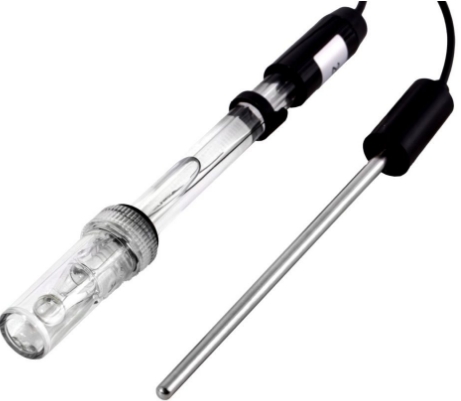
Choosing the Right pH Electrode for Specific Applications
This chart helps in selecting the most appropriate pH electrode based on specific application needs, ensuring accurate and efficient measurement of pH meters in different environments.
| Application | Recommended Electrode Type | Key Features |
| General Laboratory Use | Glass Electrode, Combination Electrode | High accuracy, stable response in aqueous solutions. |
| Field Testing & Portable Meters | Epoxy/Plastic Electrode, Gel-Filled Electrode | Durable, shatterproof, low maintenance. |
| Food & Beverage (Meat, Cheese, Dairy) | Spear-Tip Electrode, Open-Junction Electrode | Penetrates semi-solid samples, prevents clogging. |
| Wastewater & Slurries | Open-Junction Electrode, Double-Junction Electrode | Resists contamination, maintains accuracy in harsh conditions. |
| High-Temperature Applications (Food Sterilization, Industrial Processes) | High-Temperature Electrode | Withstands extreme heat, stable readings in hot solutions. |
| Biological & Protein-Rich Samples (Blood, Serum, Pharmaceutical Solutions) | Double-Junction Electrode, Open-Junction Electrode | Prevents protein clogging, maintains stability. |
| Surface pH Measurement (Skin, Paper, Textiles, Plates) | Flat-Tip Electrode | Allows direct surface contact, easy to clean. |
| Soil & Agriculture Testing | Spear-Tip Electrode, Epoxy Electrode | Penetrates solid and semi-solid samples, durable. |
| Chemical & Industrial Applications (Strong Acids, Bases, Solvents) | Double-Junction Electrode, Refillable Electrode | Resistant to chemical interference, long lifespan. |
| Water Quality Testing (Drinking Water, Pools, Aquariums, Environmental Monitoring) | Combination Electrode, Glass Electrode | High precision, reliable readings in aqueous environments. |
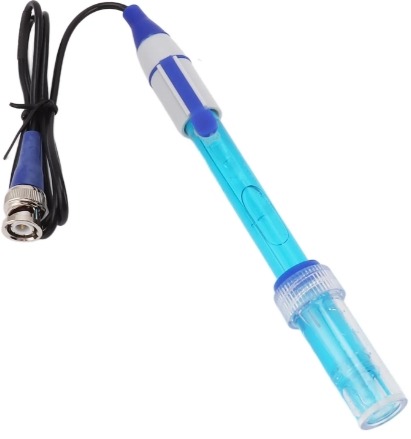
Summary
Selecting the right electrode for pH meter is crucial for obtaining accurate and consistent readings across different applications. Factors such as sample type, temperature, junction design, compatibility, etc, should be carefully considered to maximize the electrode’s lifespan and performance. Through choosing an electrode tailored to specific industrial, laboratory, or environmental needs, users can ensure reliable pH measurements.

